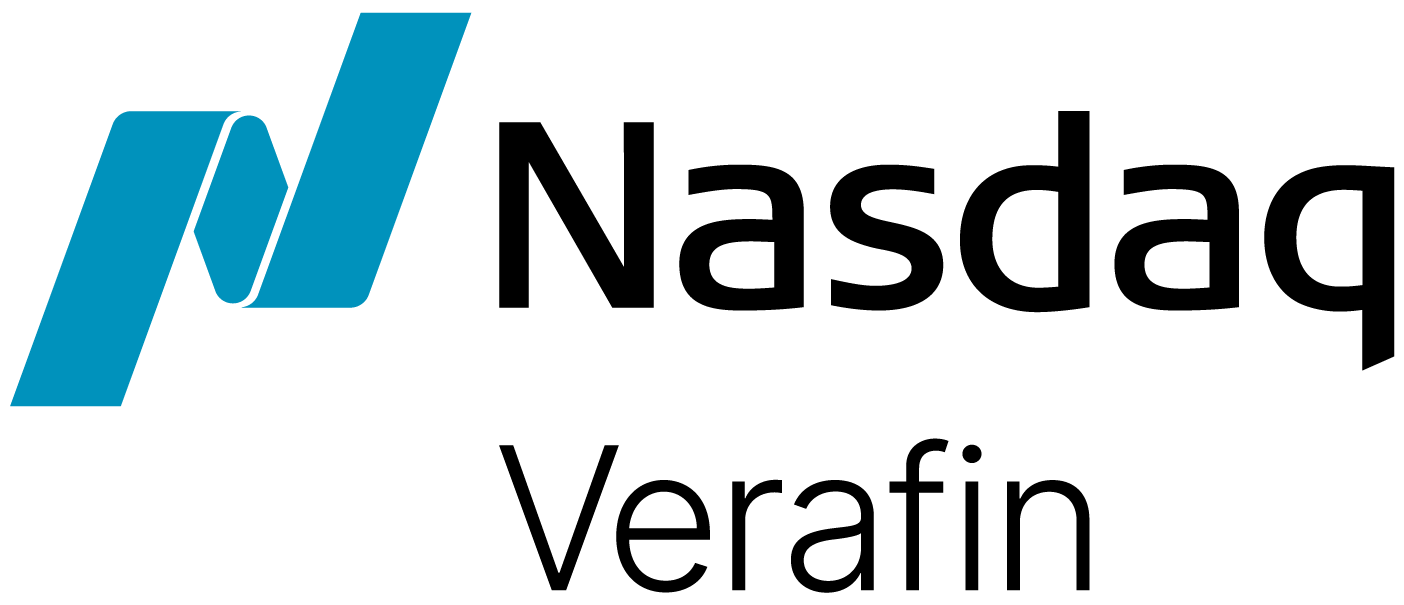2023 was a year of considerable change for AML. The rise in Artificial Intelligence (AI) and other innovations offered opportunities for increased efficiency in investigations.
In our year end presentation, 2023 AML Trends & Technology: A Year in Review: What’s on the Horizon for 2024, we examine how rapidly evolving technological advancements are a driving force in AML trends, and how financial institutions need to be prepared for the challenges the new year will bring.
AML Act of 2020: Driving Force of Technological Change
The AML Act has the power to usher in the most profound changes to the AML/CFT regime since the USA PATRIOT Act of 2001. The purpose of the Act is to encourage technological innovation and the adoption of new technology, so financial institutions can more effectively counter serious predicate crimes like human trafficking.
Guidance is expected on the implementation of the Act for financial institutions in the coming months — financial institutions must be prepared to adapt to evolving regulatory requirements in 2024, while protecting their institution and their customers from money laundering and predicate crimes.
The Rise of AI
In 2023, the continued evolution of AI went from the subject of science fiction to an everyday reality. Recent innovation has catapulted the capabilities of AI to understand unstructured, qualitative data and provide easy access to large language models (LLMs) and generative AI. These advances may be a gamechanger for AML, especially given their ability to create content.
“The United States is facing a critical moment: artificial intelligence technology is rapidly accelerating in capability, and being deployed in more contexts with increasing use cases, both in the public and private realms. This is a moment of both significant opportunity and complexity.”
National Artificial Intelligence Advisory Committee, 2023
LLMs are trained to understand unstructured, often unqualified data. Equipped with the ability to decipher, summarize, and create new text from a set of prompts, generative AI allows investigators to focus less on manual processes, like piecing together data sources for an investigation, and more on fighting crime.
Increasing Efficiency with AI
As the world grows in complexity, AML investigators continue to be hindered by manual processes. Conventional alert triage approaches are highly ineffective, leaving many AML investigators manually assembling information from disparate systems. From queries to online searches and third-party sources, the process can be error-prone and wastes valuable time and resources. Generative AI can provide investigators with the research they need immediately, at the outset of an investigation, with summaries of web search results, negative news, notes, and documentation from past investigations. The result is a significant reduction in alert investigation time, meaning investigators can reach a determination of suspicion faster.
When investigators can focus less on consolidating information from manual processes, they can focus their efforts where they truly matter — fighting crimes such as human trafficking, terrorist financing, and sanctions evasion. The power to increase investigative efficiency through technological advancements will be paramount for fighting crime in 2024 and beyond.
Making the Most of AI: The Power of Partnership
In 2024, AI is expected to evolve rapidly, with massive potential to advance AML programs and ultimately, the fight against financial crime. However, it is also complex and may introduce risks to your institution if not implemented carefully. An institution looking to leverage AI should carefully consider the problem they are facing and select the model best suited to meet their institution’s goals. Partnering with a provider that has extensive expertise in AI is essential to ensure the right models are implemented and optimized.
With 20 years’ experience applying AI to fight financial crime and a massive consortium data set to train data-intensive AI models, Verafin is the ideal partner to help you harness the power of AI with AML/CFT solutions that work for your institution.
Learn more with our webinar:
2023 AML Trends & Technology: A Year in Review: What’s on the Horizon for 2024




